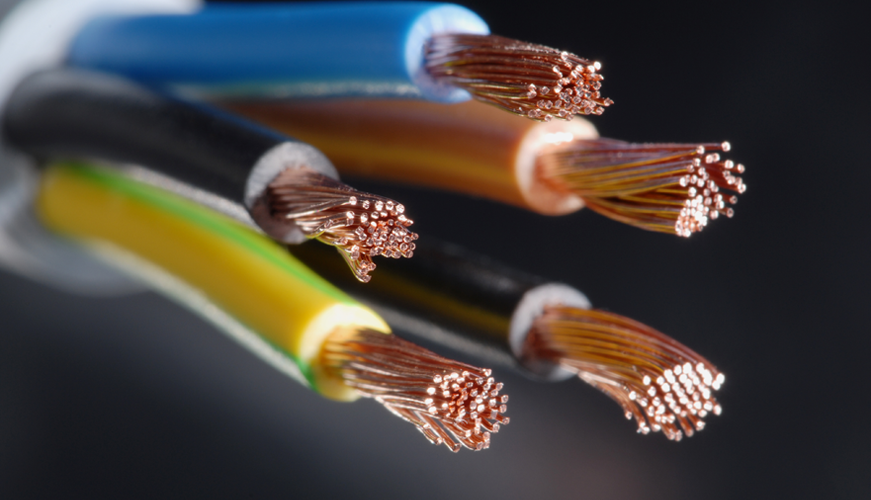Electrical fires are a serious concern for homeowners, with outdated and faulty wiring contributing to thousands of incidents annually. According to the National Fire Protection Association (NFPA), electrical failures or malfunctions cause approximately 34,000 home fires each year, leading to more than 400 deaths, 1,500 injuries, and over $1.3 billion in property damage. Ensuring that your home’s electrical system is safe and up to date is crucial to preventing fires and protecting your family.
Signs That Your Home’s Wiring Needs an Upgrade
If your house was built before 1950 or your wiring hasn’t been updated since then, you may have knob and tube wiring—an outdated system that poses serious fire hazards. This wiring system consists of ceramic knobs that hold the wires in place and ceramic tubes that insulate them as they pass through walls, studs, and floor joists. Homes with this type of wiring often have two-pronged outlets, which indicate that the system lacks a grounding wire, increasing the risk of electrical shocks and fire.
Knob and tube wiring also uses rubber insulation rather than modern plastic coatings. Over time, rubber degrades, leaving wires exposed to moisture and air, which can lead to corrosion, shorts, and potential fires. Additionally, many home insurance companies will refuse to insure houses with this type of wiring, or they may charge significantly higher premiums due to the increased risk.
If your house was built between 1965 and 1975, you might have aluminum wiring, which was commonly used during this period due to the high cost of copper. However, aluminum wiring is highly susceptible to corrosion, particularly at connection points, making it a significant fire hazard. The U.S. Consumer Product Safety Commission (CPSC) reports that homes with aluminum wiring are 55 times more likely to have electrical fire hazards than homes with copper wiring.
If a full rewire isn’t immediately possible, one safety improvement is installing copper connectors, or “pigtails,” at receptacles and circuit breakers to mitigate fire risks.
Other Warning Signs of Unsafe Wiring
Aside from outdated materials, several other indicators suggest it’s time to upgrade your electrical system:
- Frequent blown fuses or tripped circuit breakers
- A tingling sensation when touching appliances
- Flickering or dimming lights
- Insufficient outlets, switches, or lighting for your needs
- Heavy reliance on extension cords
If you experience any of these issues, it’s essential to have a professional electrician inspect your home’s electrical system.
How Much Does Rewiring a Home Cost?
Upgrading your home’s electrical system is a significant investment, but one that ensures safety and long-term efficiency. The cost of rewiring a 1,500 to 3,000 square foot home can range from $8,000 to $20,000, depending on factors such as accessibility, wiring type, and labor costs (HomeAdvisor). The process typically takes 5 to 14 days and requires opening walls, making it best to plan rewiring alongside other remodeling projects to minimize disruption.
Additionally, when rewiring, consider installing structured wiring, which includes heavy-duty data cables to accommodate future technology demands. Investing in larger-gauge wiring than required can also lead to energy savings, paying for itself in reduced utility bills within just a few years (Department of Energy).
Why Upgrading Electrical Wiring is a Smart Investment
Ensuring that your home’s wiring is up to date not only prevents electrical fires but also improves energy efficiency, increases property value, and enhances compatibility with modern appliances such as smart thermostats and home automation systems.
Taking proactive steps to upgrade outdated wiring can save you money in the long run—and more importantly, it can save lives. If you suspect your home has unsafe wiring, consult a licensed electrician to evaluate your system and discuss the best upgrade options available.
By making these improvements, you are not just enhancing convenience—you are securing the safety of your family and your home.



